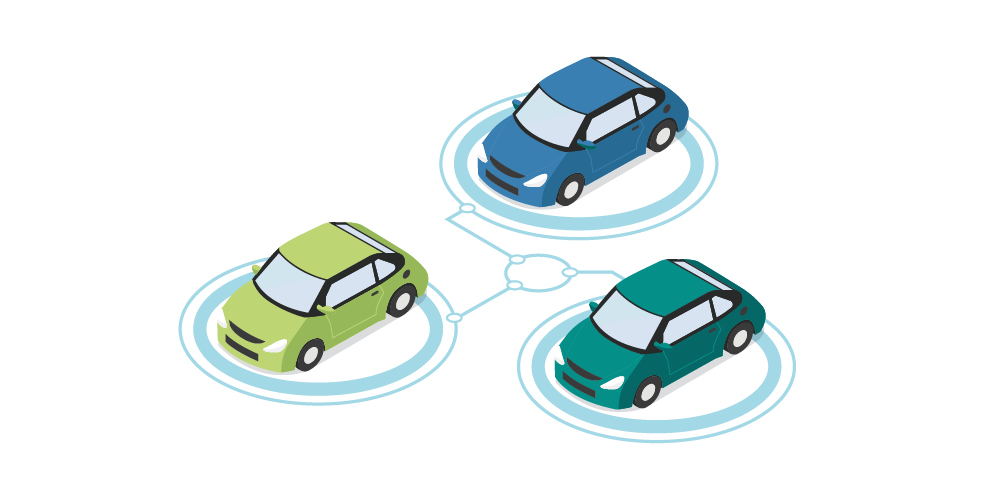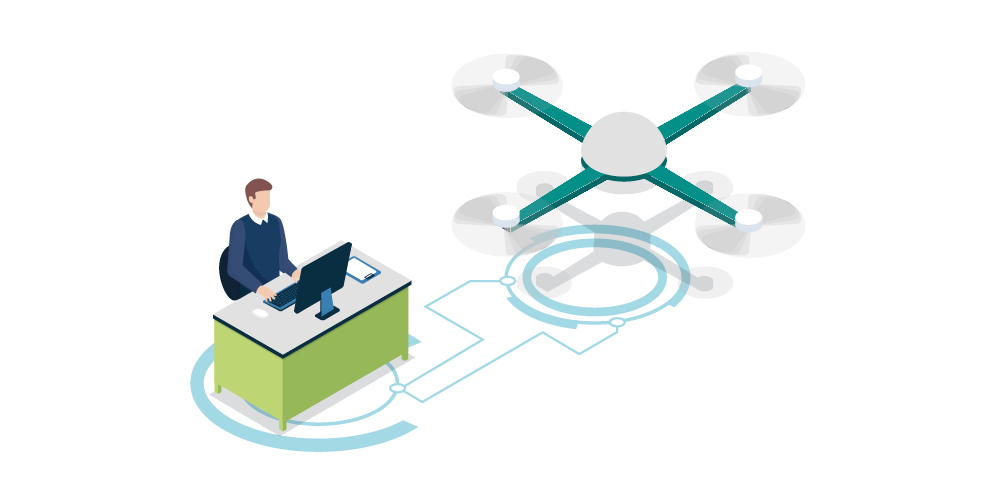AI@EDGE has been validated in four high-impact use cases. The validation methodology has reflected close-to-real scenarios, with conditions similar to production.
UC1: Virtual validation of vehicle cooperative perception
UC1 exploited the AI@EDGE technology to enable Cooperative Connected and Automated Vehicles (CCAVs) to safely navigate roundabouts. Vehicles’ positions and velocities are transmitted to a DRL policy hosted in the AI@EDGE CCP and managing all CCAVs. This complex scenario has been demonstrated in a simulated environment, uniquely integrating a human-driven vehicle with emulated ones by using the dynamic driving simulator at the DriSMi Laboratory of Politecnico di Milano equipped with a Telematic Box for 5G connection and vehicle CAN data exchange with the AIF. CCAVs improves traffic smoothness and decrease fuel consumption of all vehicles, including human-driven vehicles which benefit from smoother traffic flow. Finally, CCAVs also ensured limited jerks and acceleration providing good passenger comfort and were preferred to human-driven vehicles for their improved safety.

UC2: Secure and resilient orchestration of large (I)IoT networks
UC2 has showcased a smart manufacturing scenario with a 5G campus network. The objectives were to showcase the security and privacy aspects of the AI@EDGE Connect-Compute Platform and leverage on the utilisation of AI, NetFPGA , and federated learning to detect intrusions and anomalies in the network. All security AIFs developed within this use case have been abled to detect a botnet attack on different levels, such as TCP flow (Autoconfiguration of Hyperparameters), IP metadata (NetFPGA) and network patterns (Federated Learning Anomaly Detection AIF). A 5G testbed was set up and three different security solutions were developed and validated in the scope of UC2. The AI@EDGE platform allows for AIFs to be deployed and supports data pipelines to provide the data.

UC3: Edge AI assisted monitoring of linear infrastructures using drones in BVLOS operation
UC3 aimed to validate drone operations within AI@EDGE enhanced 5G network, incorporating AI and Edge Computing functionalities for automated monitoring of road infrastructures in BVLOS mode.
The major outcomes includes:
- integration of systems to enable the flight and operation of drones in 5G networks;
- development of AI functions to automate monitoring operations; and
- deployment of AI@EDGE repository of AI functions.
These results are supported by:
- AI@EDGE technical enablers like distributed and decentralized serverless connect-compute platform and AI-enabling application provisioning, and relevant technologies such as AI Functions for incident detection and 3D modelling;
- Edge Computing, by deployment of MEC system for accessing AIFs repository; and
- advanced Drones enabling BVLOS operation.

UC4: Smart content & data curation for in-flight entertainment services
UC4 in the AI@EDGE project achieved two goals:
- extended in-flight broadband connectivity with seamless 5G integration via LEO satellite backhaul like Starlink;
- designed an aero edge-cloud infrastructures for in-flight entertainment and connectivity (IFEC) systems.
Key achievements include:
- 5G-core deployment on-ground integrated with an edge-UPF onboard;
- deployment of a cluster using VIM and MEO via AI@EDGE’s CCP, enabling control over on-board AIFs;
- Multi-link aggregation deployment by enabling MPTCP to showcase simultaneous use of wireless links (WiFi/LiFi) enhancing overall communication robustness.
The success of UC4 setting the stage for the next Safran Passenger Innovations (SPI) IFEC generation.

